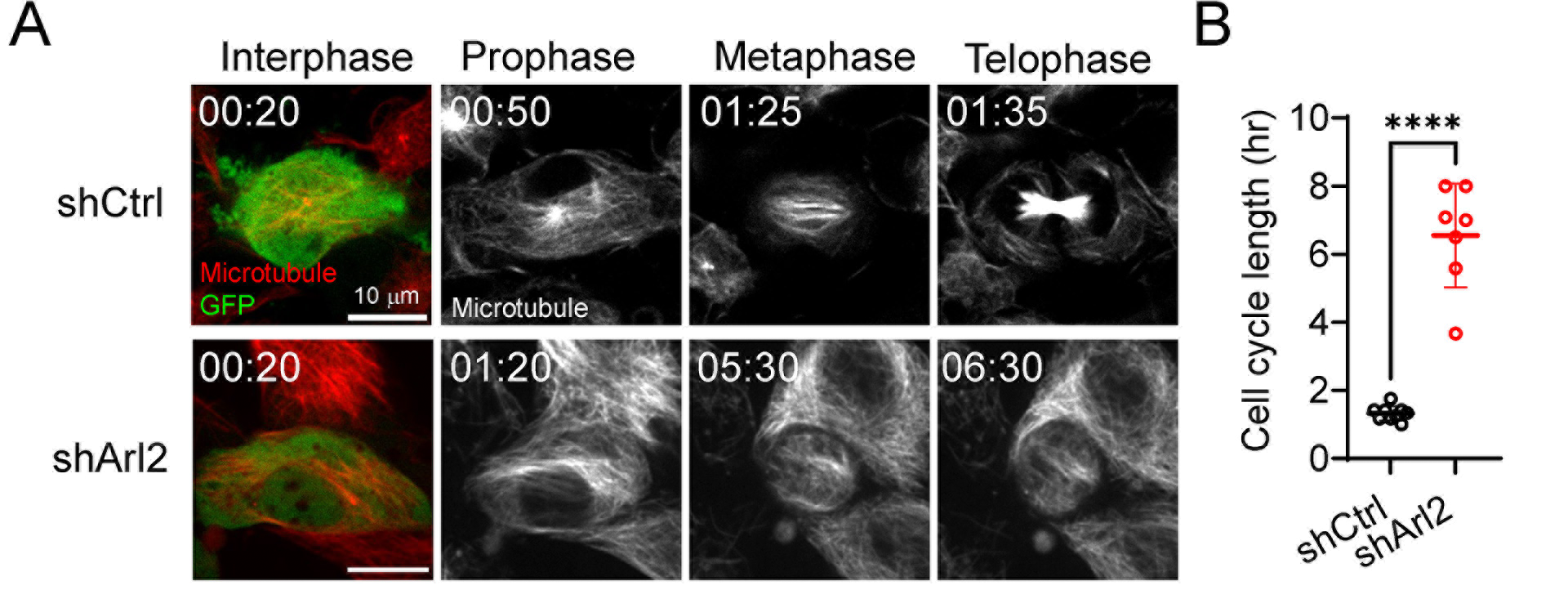Content #1
Content #1
Content #1
Cortical development in mammals is regulated by the coordination of cell proliferation, migration, and differentiation, processes reliant on microtubule organization. The protein ADP ribosylation factor-like GTPase 2 (Arl2) plays a crucial role in these mechanisms, particularly in its relationship with the centrosomal protein Cdk5rap2 towards microtubule growth and cortical development. While Arl2’s functions for microtubule growth have been described in fruit flies, its responsibilities and interactions in mammalian brain development have not been carefully studied.
In a 2024 publication in PLOS Biology, Ma et al. explored the role of Arl2 in regulating cortical development through the effects on neuronal migration and differentiation in Arl2 knockdown in mouse brains. Colocalization of CDK5rap2 and Arl2 was confirmed through co-immunoprecipitation and proximity ligation assays. Live-cell imaging using Biotium’s ViaFluor® Live Cell Microtubule Stains was also performed to assess the effects of Arl2 knockdown on cell cycle progression in mouse neural progenitor cells (mNPCs).
Arl2 knockdown was accomplished via transfection of shRNA targeting different regions of Arl2 in mNPCs and in vivo. Results show Arl2 knockdown caused neuronal migration defects and impaired cortical layering. Mitotic duration was also significantly extended in Arl2 knockdown mNPCs when compared to the control. Knockdown of Arl2 in vivo showed defects in neuronal proliferation and differentiation in the brain’s lower ventricular and subventricular zones (VZ and SVZ), and fewer neurons migrating towards the cortical plate (CP) to properly develop the cortex. Arl2 KD also reduced the length and number of neurites (the connective branches between neurons), further supporting that Arl2 is crucial for neuron maturation. In experiments where Arl2 was overexpressed (OE), an increase in neuronal migration was observed. Overexpression of a constitutively active Arl2Q70L mutant enhanced microtubule dynamics, while a dominant-negative Arl2T30N mutant led to impaired microtubule growth.
These findings establish Arl2 as critical for keeping neural progenitor cells alive to divide and migrate for proper brain cortex development. The importance of Arl2’s role emphasizes the need for closer analysis of its effects on neurodevelopmental disorders to develop potential therapeutic strategies.

Learn more about Biotium’s ViaFluor® Live Cell Microtubule Stains for imaging the microtubule cytoskeleton in live cells. Available with blue, green, or far-red fluorescence. Also explore Biotium’s full selection of common fluorescent indicators and dyes for neuroscience research.
Full Citation: Ma D, Lin K-Y, Suresh D, Lin J, Gujar MR, Aung HY, et al. (2024) Arl2 GTPase associates with the centrosomal protein Cdk5rap2 to regulate cortical development via microtubule organization. PLoS Biol 22(8): e3002751. https://doi.org/10.1371/journal.pbio.3002751